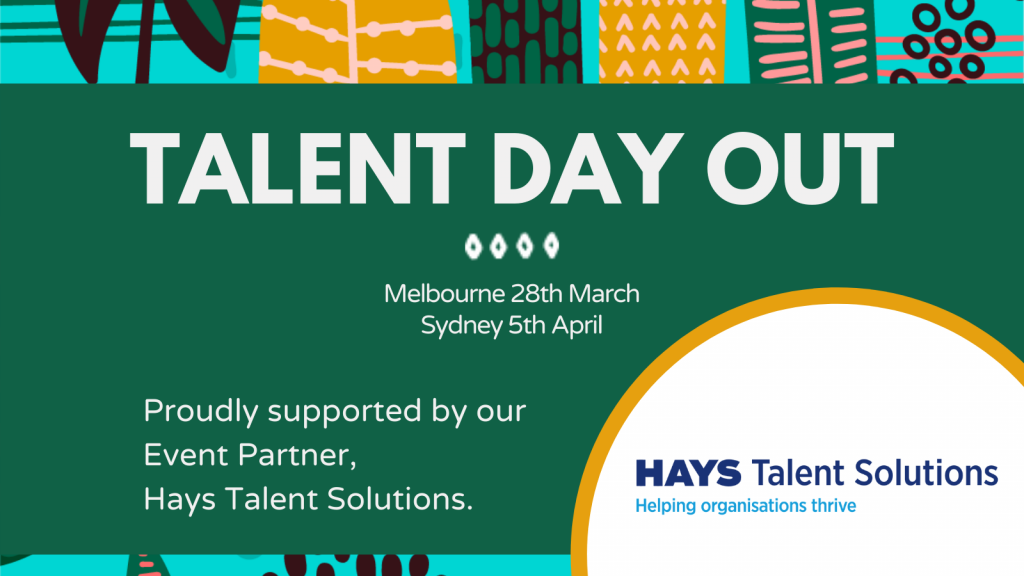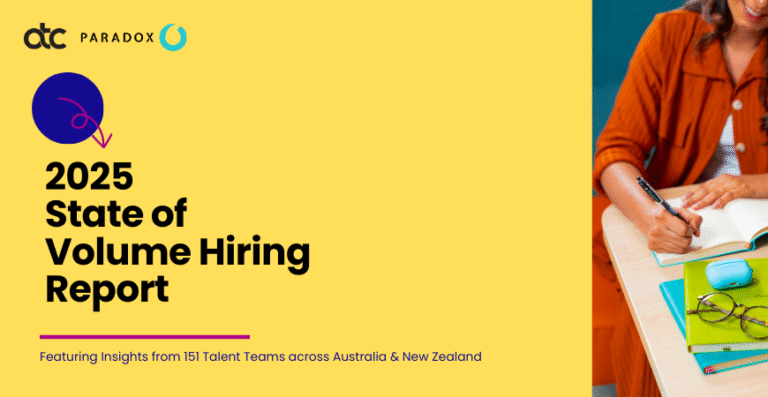The pandemic has had long-term impacts on the shape of the workplace, workforces and talent management. Some of these impacts are new, while other changes have been driven by the acceleration of already emerging trends.
The impact of the pandemic on the workforce of tomorrow
While the coronavirus pandemic is often associated with much of the disruption impacting our working lives, a move towards remote and flexible working was in fact already underway, particularly in more advanced economies and often spearheaded by the tech industry. Driven by innovative technologies and a rise in the use of new collaboration tools, many companies were also in the midst of planning or executing digital transformations.
However, there is little denying that the pandemic ‘accelerated three broad trends’: remote work and more virtual meetings, a rise in the use of eCommerce and other digital platforms and a greater deployment of robotic process automation, machine learning and AI.
As we shift from pandemic to endemic, learning how to coexist with the virus, these trends will drive both small and large enterprises to enact or speed up their digital transformation journeys in a bid to maintain a competitive edge.
But digital transformation requires digital skills, and these were already in short supply. While the shift towards remote working has reshaped reliance on readily available local skills, with organisations better able to capitalise on improved access to global talent, research suggests that in the post-pandemic world of work, labour demand will be concentrated on higher skilled jobs, which means there is an urgent need to reskill some workers.
Closing the skills gap
While the pandemic, and business’ responses to the resulting challenges, has heightened the need to address the digital skills gap, it has also created opportunities to solve this skills crisis. After all, closing this skills gap will require more than just recruiting new talent; employers will need to consider how they can reskill and upskill their existing workforce to deliver new business models.
To upskill existing staff successfully, analyse your current skills base. Identify gaps and opportunities for re-skilling. Decide how to allocate resources effectively to meet future needs, such as formal training courses, informal micro-learning or internal secondments.
Accessing a global talent pool
The pandemic gave rise to a ‘recession mindset’ which resulted in some organisations shifting towards offshoring and remote hiring in a bid to find cost efficiencies.
In Australia and New Zealand, however, the story was slightly different. With popular offshoring regions such as South-East Asia facing the brunt of the pandemic early-on, some work was localised in a bid to maintain ‘business-as-usual’. This was common for contact centres, short-staffed due to government restrictions but facing an increasing number of inbound calls.
However, with the data showing unprecedented levels of demand for staff, it may be that organisations look to offshoring once more to plug supply gaps. In such cases, consider local employment legislation, the offshore country’s technology infrastructure and the implications of engaging a contractor offshore. Remain compliant and understand local tax regulations, IT and data security.
A hybrid workforce – what you need to consider
A hybrid way of working will most likely persist over the next three to five years, especially in advanced economies. However, this method of working does offer its own unique set of challenges for organisations. The largest risk in a hybrid system is how to keep team culture alive and ensure a level playing field for all employees, whether they are on-site or remote.
With team members split across the office, home and even offshore, managing community, culture and cooperation is a skill many managers will need to develop if they are to prevent a two-tier culture developing between those who work mostly from home and those based largely in the office.
As well as additional training, data-driven decision making can remove some of the natural bias inherent in managing hybrid teams. Establishing effective monitoring and reporting across all methods of work is important, as is having a uniform way to measure performance across both remote and on-site staff.
Employee attitudes to work and the workplace are shifting
It is not just company changes that will drive the future of the workplace. The pandemic has prompted many employees to reconsider their relationship with work and the place work holds in their lives. Employee opinions on the remote working experience have been mixed; some value additional time at home to pursue personal priorities while others miss interacting with colleagues.
As we enter a new world of work, accommodating the myriad of working styles and personal preferences will present the latest in a long list of challenges for leaders.
It will not simply be a choice of remote or office. The future of work will involve the adoption of a hybrid working arrangement when possible, where flexibility is the expectation – and increasingly the norm – for many. A recent study by the Future Forum indicates that 78% of individuals want flexibility in where they work, with 95% indicating a desire for flexibility over when they work.
This mix of opinions and preferences around how employees view the workplace and their role within it presents challenges and opportunities in how to manage the differing expectations of employees. Companies must respond to change, or risk losing top talent.
Refresh your EVP
In response, organisations must now lean into their employee value proposition and reinterpret it to better align with current employee expectations.
Along with your competitive advantage and traditional benefits, such as salary and rewards, flexible working, career progression and mental health and wellbeing support, today’s EVP must also bring to life your organisation’s purpose and values.
Consider, what does your organisation stand for? What purpose do employees help to deliver? What environmental, social and cultural issues do you champion? What values define the way you operate?
Along with the unique benefits and experience an employee receives in exchange for their skills, the answers to these questions, and how a candidate’s personal values match, will become a driving force in any new job decision.
Once you have identified your EVP, bring it to life. Write it in uncomplicated language, highlighting what’s most important to your employees, why they stay and what employment at your organisation offers that’s unique in your market. Ensure it is based in truth – your EVP should be more than descriptive sentences. It needs to represent the sum of the experience of working at your organisation as simply and truthfully as possible.
Communicating your EVP effectively will help ensure your organisation is well placed to secure the talent it needs to continue your growth trajectory.
Want to hear more about reshaping the future of work? Join us at the upcoming Talent Day Out events in Melbourne (28th March) and Sydney (5th April) where Hays Talent Solutions will be taking part as the Event Partner.







